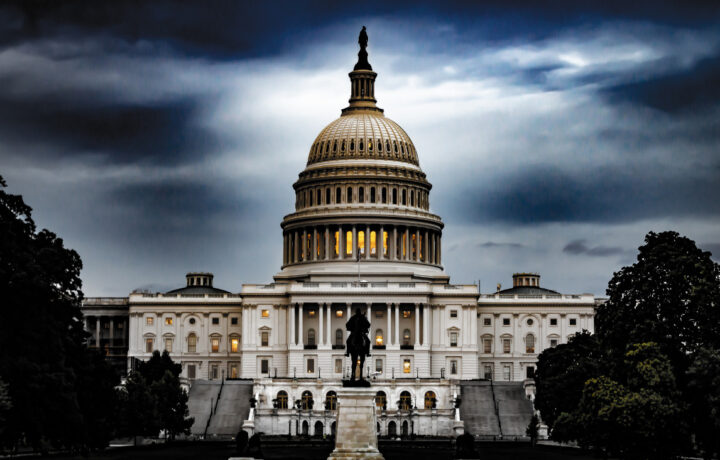Government shutdowns in the United States have become a recurring spectacle. And right now, the possibility of another government shutdown looms large as unresolved appropriations bills take center stage.
Why Does a Shutdown Look Likely in 2023?
In June 2023, Congress passed the Fiscal Responsibility Act, setting limits on annual appropriated spending for fiscal years 2024 and 2025. The Senate Appropriations Committee passed all 12 appropriations bills in line with this agreement. However, a push for lower spending levels in the House created a stalemate. Contentious provisions in the House bill have a limited time to resolve with the fiscal year ending on September 30.
The possibility of a government shutdown in 2023 remains uncertain but somewhat likely. The outcome depends on Congress’s ability to reconcile differences between the House and Senate, pass appropriations bills, and potentially avoid resorting to a continuing resolution. However, the path to resolution looks like it could take us past September 30. And it impacts everyone in the federal contracting space.
Shutdowns, Continuing Resolutions, and National Security
For any of you new to the federal government space, under the Antideficiency Act, federal agencies are prohibited from spending money without congressional approval, usually granted through the annual appropriation bills. When Congress fails to pass these bills, federal agencies have to stop non-essential functions – or shutdown.
During a government shutdown, federal employees get furloughed, with some essential services continuing to operate without immediate pay. Vital entitlement programs like Social Security and Medicare continue functioning due to separate funding mechanisms. However, shutdowns create disruptions, causing delays.
Often, Congress resorts to Continuing Resolutions (CRs) to temporarily fund government operations. While they keep the doors open and paychecks going, it’s a terrible strategy.
A government shutdown even impacts contractors that support the federal government. During a shutdown, key government personnel may continue working without immediate pay, but the absence of funding can disrupt various operations and limit client interactions. Programs may continue on but with some schedule hiccups. Depending on the shutdown parameters, federal facilities will be closed, and new contracts and modifications hit the brakes too. Invoicing and all typical contracting processes are impacted, the longer a shutdown continues.
Impact on the Federal Workforce
But as the countdown to a potential government shutdown looms, the prospect of yet another closure is casting a long shadow over the nation’s largest employer and workforce. The political games directly impact federal employees the most.
For those considering a career in public service, the recurring threat of shutdowns adds a daunting layer of uncertainty, making government jobs less appealing. Max Stier of the Partnership for Public Service rightly points out that anyone eyeing public service must weigh the risk that Congress might falter in its duties, leading to furloughs or unpaid work.
Research from Qualtrics underscores this sentiment, revealing that fewer than half of recent graduates are even considering government employment. They cite the damaging impact of shutdowns on the sector’s reputation. The toll extends beyond recruitment. Existing federal workers find it increasingly challenging to maintain enthusiasm and loyalty with the political discourse and delayed paychecks.



